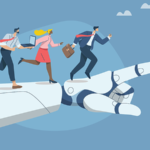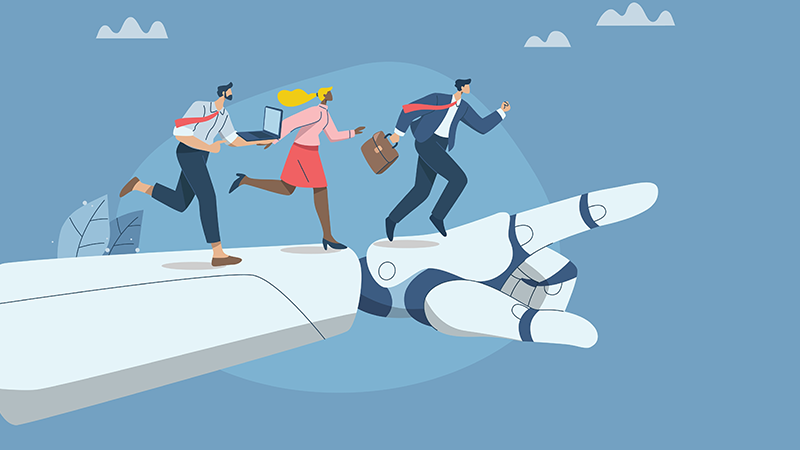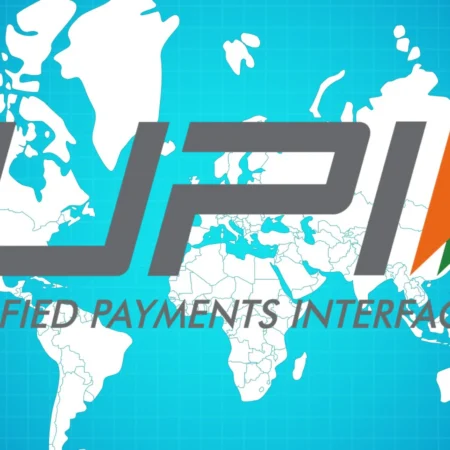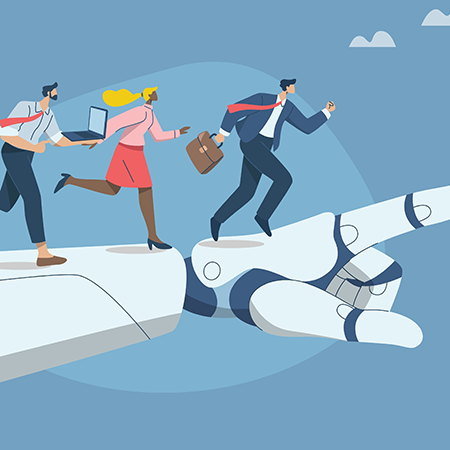Agentic AI Era: Autonomous Agents Are Here to Stay (2025)
In 2025, AI has evolved beyond chatbots into fully autonomous “Agentic AI Era” systems—digital workers capable of reasoning, planning, collaborating, and acting with minimal human oversight. This transformative leap is reshaping industries, workflows, and personal productivity. Here’s a comprehensive look at the defining trends, applications, challenges, and the road ahead.

What Is Agentic AI and Why It Matters
Agentic AI refers to systems composed of autonomous agents that can independently identify goals, break them into tasks, use tools, interact with platforms, and execute solutions.
- Unlike traditional fixed-task AI models, agentic systems operate via self-directed workflows, memory, planning, and coordination across modules ManageEngine
- Multi-agent architectures distribute tasks across specialized agents—such as planning, research, execution, and monitoring—to solve complex challenges quicker and more accurately Collabnix.
A growing ecosystem of open-source tools—Auto‑GPT, LangChain, MetaGPT—is empowering developers and businesses to build these systems themselves
Key Trends Driving Agentic AI in 2025
Multi‑Agent Systems & AI Teams
- Agents now communicate via protocols like Agent2Agent (A2A), enabling seamless collaboration across CRM, ERP, DevOps, and finance systems Collabnix+2Google Cloud+2TechRadar+2.
- Architectures include role-based agents (manager, developer, QA, deployment) coordinating end-to-end workflows, often outperforming single-agent setups by up to 60% in outcome quality and speed Collabnix+1Medium+1.
Advanced Reasoning & Planning
- Modern agents feature chain-of-thought reasoning, strategic planning, and causal understanding—enabling them to navigate complex tasks with transparency and flexibility supagent.dev.
Self-Learning & Continuous Improvement
- Many agentic systems use reinforcement learning to self-tune over time, reducing manual retraining and adapting workflows based on outcomes Global Skill Development Council.
Deep Integration with Enterprise Workflows
- Agentic AI now plugs into platforms like Salesforce, SAP, Box, Workday, and more—allowing agents to access, analyze, and act on live business data in real time .
Security, Governance & Explainability
- Enterprises demand strong oversight—zero-trust protocols, audit logs, granular permissions, ethical guidelines, and explainable decision trails are now standard practice .
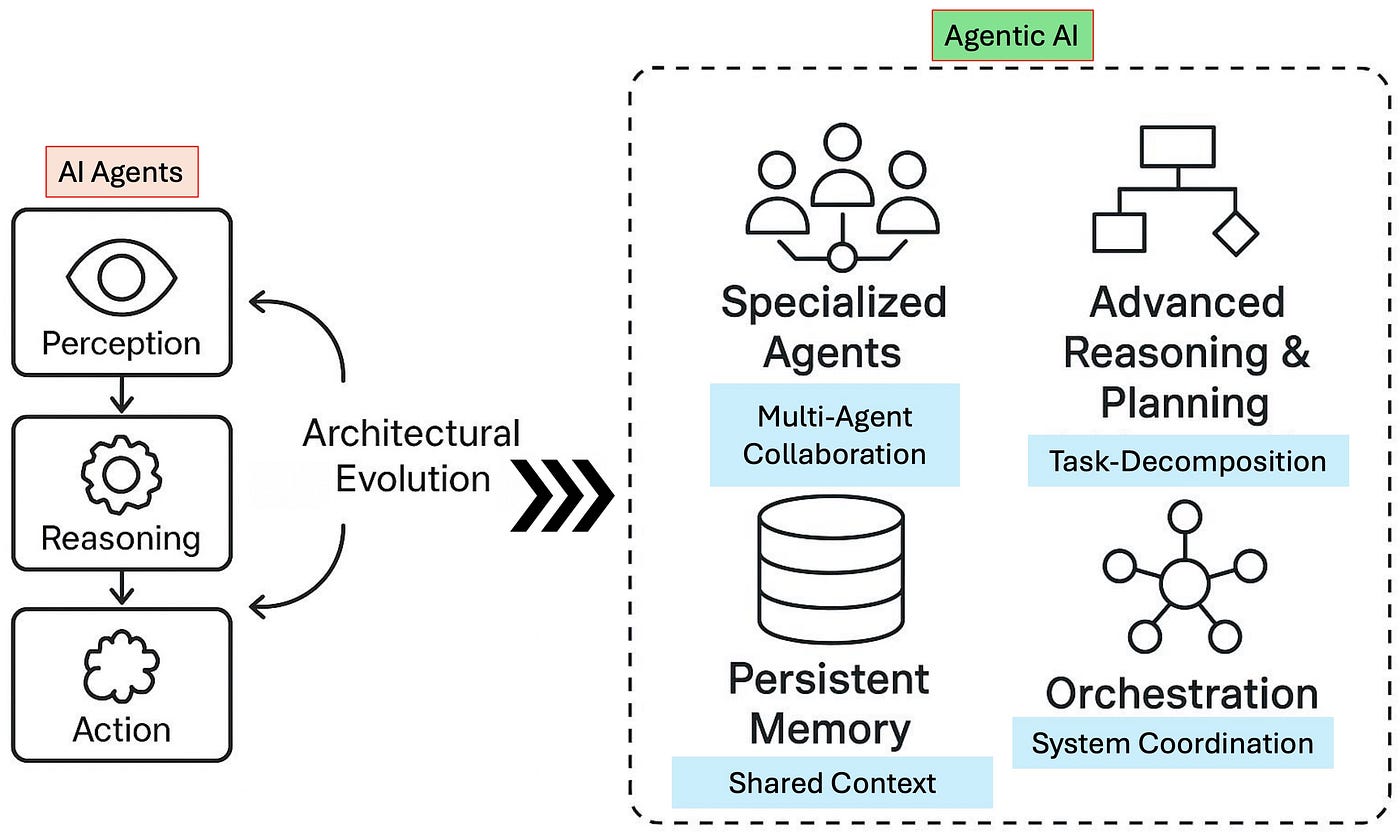
Real-World Players & Notable Agent Examples
Automation in Daily Life
- OpenAI Operator launched in January 2025—capable of completing tasks via a web browser, such as booking appointments or ordering groceries autonomously
🇨🇳 Manus by Monica
- Released in March 2025, Manus is a fully autonomous multimodal AI agent capable of planning and deploying tasks without human input—described as a landmark in agentic AI evolution Wikipedia.
🇮🇳 Kruti by Krutrim
- This multilingual assistant handles payments, cab-booking, and food deliveries by constructing sub-tasks and executing them with over 90% accuracy—using agentic frameworks behind the scenes Wikipedia.
Enterprise Adoption
- Companies like Workday, Artisan (Ava), and Simular AI (S2) are deploying agents to automate business development, HR tasks, and interface navigation—enhancing efficiency without extensive API integration Accredian Blog.
- Google Cloud’s Agent Marketplace and A2A protocol allow enterprises to adopt agents from partners (e.g., Deloitte, HCLTech, Accenture) which work across systems like SAP, Box, Atlassian, and Workday Google Cloud.
Industrial Use Cases
- Siemens uses agentic AI to predict equipment failures and optimize manufacturing cycles, reducing downtime by 25% Wikipedia.
- JPMorgan deploys trading agent models like LOXM for high-frequency algorithmic trading with adaptive accuracy beyond manual processes
Why Agentic AI Is a Turning Point
Enterprise Transformation
- Firms like IBM estimate it will take 18–24 months before large organizations see significant ROI deploying agentic frameworks—highlighting that early investment today yields payoff soon .
- Google Cloud and AWS are investing deeply in agentic infrastructure and tooling—collaborating with partners globally to train civil servants, streamline IT modernization, and champion openness and interoperability .
Workforce and Strategy Implications
- Deloitte warns that agentic AI may automate junior cognitive tasks across sectors like law and consulting, urging companies to reskill workers and rethink job design before AI displaces roles
Charting the Future: Where Agentic AI Is Headed
Causal & Strategic Planning
AI agents are already performing causal reasoning and high-level decision support—handling forecasting, legal analysis, and market strategy with transparency and scaling capabilities .
Embodied AI & Robotics Integration
Physical robots powered by agentic systems are emerging in manufacturing and logistics, enabling real-world autonomous workflows in industries like shipping and smart cities .
Global Agent Networks
Organizations are connecting AI agent networks both internally and across enterprise ecosystems, enabling agents to share insights, coordinate tasks, and scale globally .
Creative & Proactive Agents
From co-writing content and scripts to proactively managing budgets or travel itineraries—AI agents are evolving from reactive assistants to proactive life and work companions
Sample Blog Structure / Section Ideas
Introduction
- Define Agentic AI vs. traditional AI. Why 2025 is the inflection point.
Key Trends to Watch
- Multi-agent systems, reasoning, planning, continuous learning, integration, and governance.
Case Studies / Real Tools
- Manus (Monica, Singapore), OpenAI Operator, Kruti (India), industrial and enterprise implementations.
Sector Deep Dives
- DevOps (Developer agents), HR/Finance (Workday Illuminate), Sales (Ava), Manufacturing (Siemens), Trading (JPMorgan).
Ethical & Workforce Impacts
- Privacy, compliance frameworks, reskilling, and redesigning workflows.
Future Directions & Predictions
- Embodied agents, AGI pathways, agent ecosystems, creative collaboration.
Conclusion
- Why early adopters are building infrastructure today for widespread rollout by late 2025 or early 2026.



